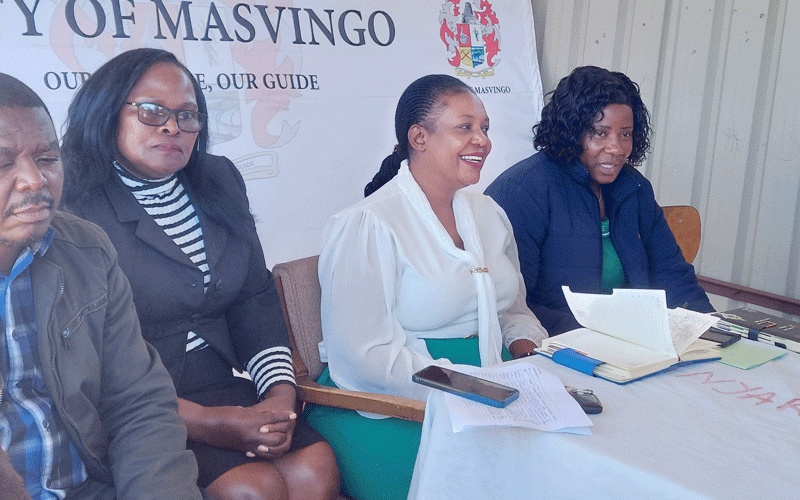
Tobacco Industry and Marketing Board (TIMB) CEO Andrew Matibiri said 42 992 hectares of tobacco had been planted by last week.
“Of the planted crop, 14 474 hectares (about a third) is irrigated crop,” said Matibiri. “This is an improvement of the 21 818 hectares that had been planted by the same time last year.”
Matibiri said there were 24 690 registered growers and slightly more than half of them (51%) were A1 farmers while A2 farmers constituted 7%.
Large scale commercial farmers, who constituted the largest share of growers prior to 2000, now account for 3%. Communal farmers account for 38% of registered growers.
“We are targeting as much as 170 million kgs but it is too early to tell,” said Matibiri.
The Zimbabwe Tobacco Association president, Kevin Cooke, said there were improvements in terms of the area under the crop compared to last season.
- Chamisa under fire over US$120K donation
- Mavhunga puts DeMbare into Chibuku quarterfinals
- Pension funds bet on Cabora Bassa oilfields
- Councils defy govt fire tender directive
Keep Reading
“Basically, the figures are up on last year,” Cooke said. “However, our yield potential is governed by the amount of rain. If we have a very wet season, the figures will go down.”
Tobacco output has grown from 56 million kgs in 2008 to about 59 million kgs last year before it rebound to 123 million kgs this season.
The 110% growth in tobacco output spurred agriculture to expand by 33,9%.
However, the tobacco industry’s reliance on the dry land crop, where the farmers rely on rain, means it is susceptible to weather changes.
Tobacco and maize were the crops which quickly responded to the changed operating environment after the adoption of multiple currencies as there has been significant financial support for the former. Increased production in the last season was underpinned by self financing from the previous year’s tobacco proceeds of around US$161 million as well as additional bank and contract financing. Agribank has already launched US$10 million tobacco bond aimed at financing the 2010/2011 crop. ZB Bank has also launched agro-bills which will finance the growing of tobacco and livestock production.
In the 2009/10 season, about 65 000 hectares were put under tobacco, with 30 000 hectares under contract farming, 20 000 hectares on self financing and 15 000 hectares by communal farmers.Last season’s rebound took many by surprise after output exceeded conservative projections of 93 million kgs.
Leonard Makombe











